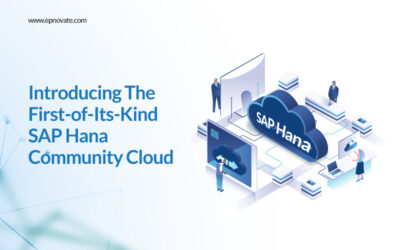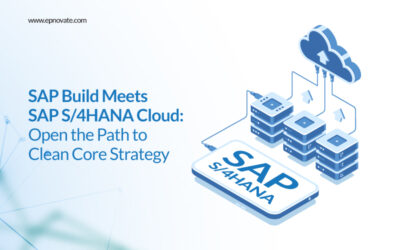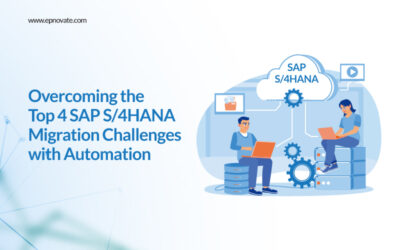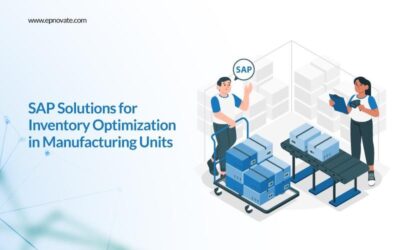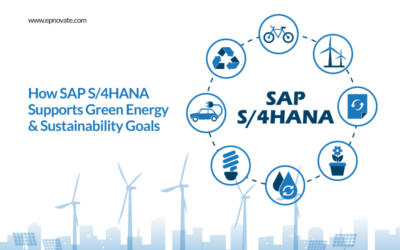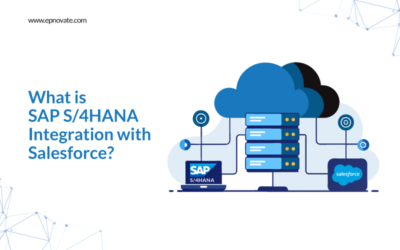How To Choose A Forecasting Model in SAP S/4HANA

The technique of predicting the future based on previous or historical data is known as forecasting. It entails a detailed analysis of data of the past and present trends to predict future events. It uses advanced software, statistical tools, and techniques. Forecasting acts as a planning tool that helps businesses to get ready for the uncertainty that can occur in the future. Forecasting models facilitate businesses in taking the necessary steps to achieve their targeted goals.
The models provide information regarding the occurrence and magnitude of future events based on an analysis of the past usage data of the company. The use of forecasting models for enhancing business operations is an essential and widely used technique.
What Is A Forecasting Model?
Forecasting models are tried and tested frameworks that help predict outcomes more easily in the field of business. Many factors, such as relevant data and its availability, forecast method, frequency of use, etc., are involved in forecasting models. The forecast models are designed around factors that influence the future use of material. Thus the earlier utilization of a particular material can predict how the business will require this material in the future.
Types Of Material Forecasting
There is a plethora of software that offers material forecasting. Since 1972, SAP has provided multitudinous forecasting services taking ERP to another level. The latest one in the series is SAP S/4HANA.It offers many forecasting models that businesses can use for their material use predictions. Businesses can migrate to SAP S/4HANA solution and use a relevant model of their choice to streamline their material cache and use the knowledge to their advantage.
That is, over the twelve months of a year, the monthly requirement of raw materials can be calculated in advance. This not only streamlines production but keeps the business running smoothly as it ensures the availability of products to customers on demand. Four of the most widely used material forecasting models are discussed here.
-
Constant Model
This model assumes that the material consumed is constant through a specific period taken for one complete life cycle of production. It further enunciates that the use of the material may vary slightly. However, the calculation of the material’s use over the entire life cycle shows an average constant or a constant mean value. This indicates that the use of the material is more or less constant, hence the name of the model being – The Constant model.
-
Trend Model
A trend model is used when there is a discernable and identifiable change in the use of materials over time. This model is indisputably applicable to the garment industry, where fashion or couture trends are prevalent over certain periods necessitating a change in the manufacture of garments as per the latest trends.
This model also applies to the electronic industry, where production needs to justify a demand for products with the latest technology.
-
Seasonal Model
The seasonal model works on a repetitive pattern. It is affected by the weather or season and holidays. A seasonal model may apply to a company that makes waterproof shoes, clothing, and related accessories to be used during the monsoon. This allows the business to keep the necessary material ready for production so that the consumables are ready to be delivered in the relevant seasons.
-
Seasonal Trend Model
The seasonal trend model is a natural combination of the seasonal and trend models. It evaluates and analyses the usage of raw material in a particular period.
How To Choose A Model?
Selecting the correct forecast model for a company can be a challenge. This can be mitigated by using the latest, technologically advanced software -SAP. The latest in its series is SAP S/4HANA solution which can analyze the historical data for material used for the business and suggest an appropriate forecast model that best fits the company’s pattern.
The suggestion should be followed diligently. In case of confusion or a match is not acceded to, the forecast model J, which is automatic model selection, is available in SAP S/4HANA solution. This model can be selected as a starting point, and modifications can be made in the future.
Summing Up
SAP S/4HANA takes Enterprise resource planning (ERP) to the next level. Using the power of in-memory computing to process vast amounts of data and supporting advanced technologies such as artificial intelligence (AI) and machine learning. Consider migrating to SAP S/4 HANA, the latest business solution incorporating excellent AI and Data handling. At Epnovate Technology, our SAP S/4 HANA migration services ensure that all your existing data is transferred to SAP HANA without any changes. Contact us to use our SAP S/4 HANA expertise to your advantage.
Recent Posts
- Choosing the Right SAP Implementation Partner: What Businesses Need to Know
- How to Future-Proof Your SAP ERP
- SAP Operations Continuity: 5 Priorities You Need to Embrace Today
- Introducing The First-of-Its-Kind SAP HANA Community Cloud
- What is SAP Signavio? A Deep Dive into SAP Signavio and Its Transformative Power
